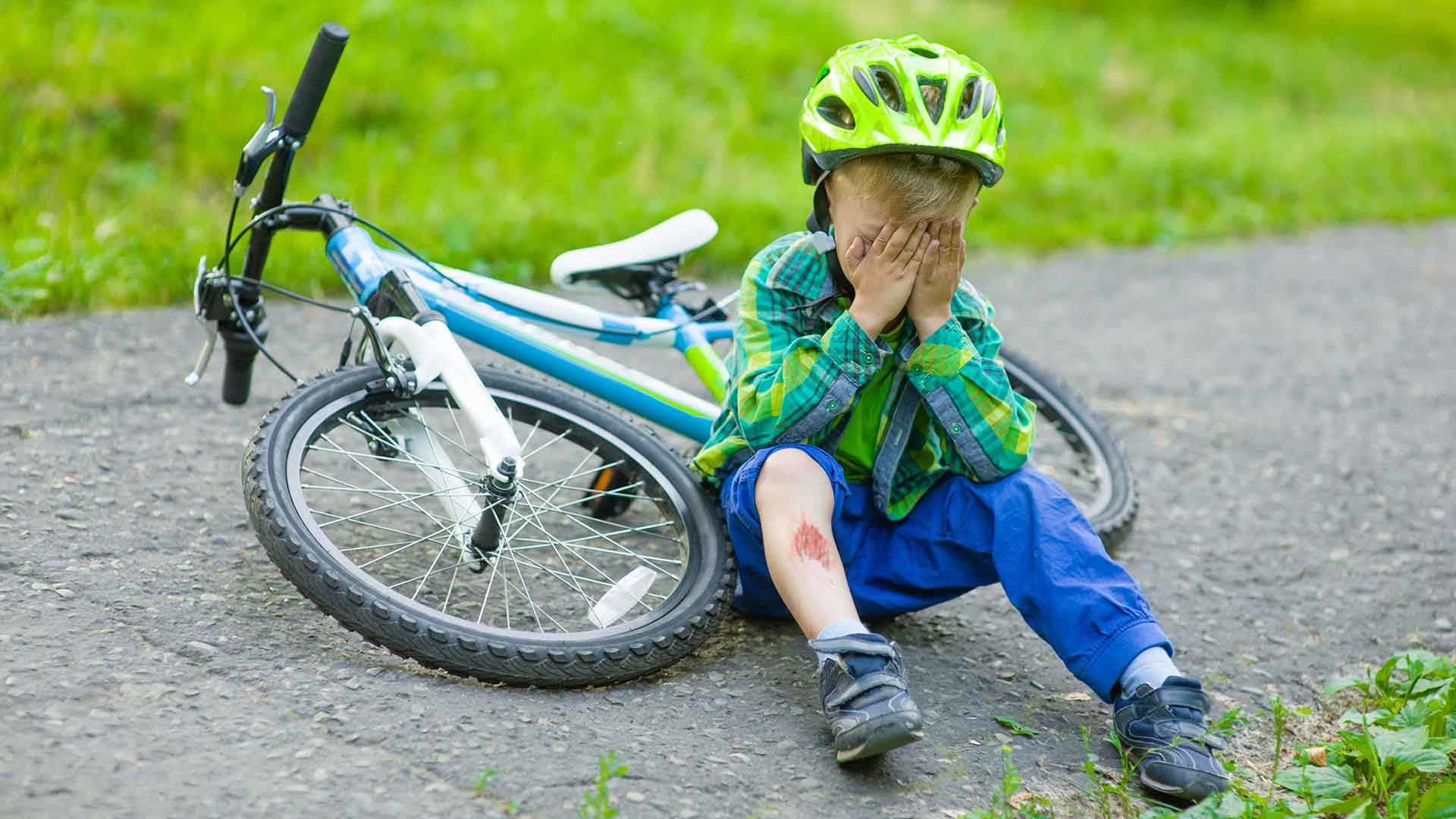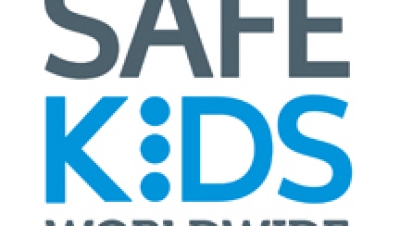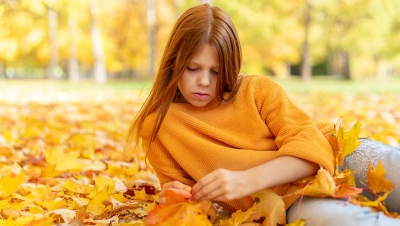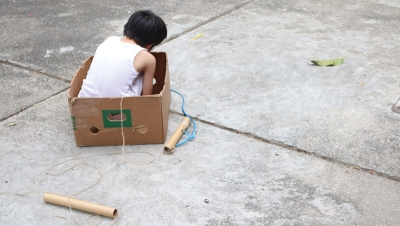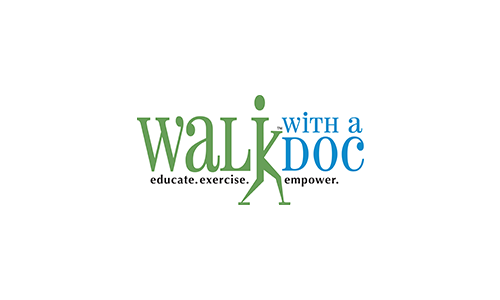5 Safety And First Aid Tips For Kids
Adults often tell kids to enjoy their youth while they can, and so they should. Being young comes with the beauty of being able to talk to imaginary friends without needing to be administered somewhere, cooking with mud from the backyard when too short to reach the real food in the cupboard, and managing a lemonade stand without the need for proper business insurance. While these endeavors may seem harmless, kids aren’t immune to picking up a few scrapes and bumps along the way. While it’s important to allow your children the right to play, even if it’s sometimes risky, it’s equally important to teach them a few safety guidelines when doing so.
Kids can be intuitive and may surprise you when unfortunate circumstances present themselves. They may even be calmer than you and more appropriate at the moment when it’s necessary to implement safety procedures. It’s wise, therefore, to instill in them some basic first aid knowledge, especially if a parent or adult isn’t present at the scene. While some measures are best left to older individuals, the capabilities of children shouldn’t be overlooked, as they may very well be the only ones available to offer help to someone in desperate need.
How and when can you begin teaching them?
Before teaching your kids any safety tips or methods of first aid, it’s important to understand how to do so in a way that doesn’t instill undue fear. Instead, you want to draw on everyday experiences in a non-threatening way, so that they can relate and feel capable of dealing with unforeseen circumstances.
Understanding the recommended ages suitable for children to engage in first aid practices is also essential. This information may be found on relevant sites such as australiawidefirstaid.com.au. Four years old and up is generally acceptable for basic medical precautions, however, cardiopulmonary resuscitation (CPR), for example, may be safer and more effective for kids nine years and up. (1)
-
Calling for help
One of the simplest safety strategies to teach your children is knowing how and when to call emergency service numbers. While you may regret teaching your child how to dial – and end up apologizing to strangers on the other end of the line – it's wise to at least get them familiar with how to use the buttons on various phone devices in case of an emergency. Having them memorize the numbers, even through a song, may also be helpful if it isn’t clearly written anywhere.
Some kids may not wish to bother authority figures or be scared to do so. Reassuring your child that it’s okay to call for help, or even run to the neighbors if they’re unable, especially if an adult isn’t present, is key.
-
Bleeding control
Kids, even at a young age, should be able to grasp the concept of placing pressure onto a wound to slow or stop the bleeding. The same can be said about nose bleeds. If your child is prone to those irritating streams of blood from the nostrils, teaching them to pinch the soft part of their nose (below the bone), breathe through their mouth, and hold for 5 - 10 minutes may save you and them a bloody mess. (2)
-
Wound and injury management
Proper wound and injury management is crucial to avoid making a condition worse. While parental assistance may be required, teaching your child how to effectively tend to a cut, scrape, or twisted ankle, isn’t a bad idea, especially if they’re spending time alone or looking after younger children. This may involve physically showing them how to clean the area, apply bandages (and ice if swollen) and even provide them with antibiotic ointments, if not a whole first aid kit.
-
CPR training
As mentioned above, some recommend CPR be taught to nine-year-olds and up as they’re more likely to actually effectively perform the task. Instilling basic CPR knowledge into your child, however, may still be wise as some children may be more advanced in their physical and mental capabilities. It’s crucial, however, to direct them not to practice on each other and only on mannequins, to avoid serious injury. (1)
-
Fire and water safety
Allowing kids to properly understand the risks associated with reckless behavior around sources of fire and water is crucial. Again, you don’t want to instill fear in them, but instead, educate them on appropriate actions and safety measures.
These may include:
- The “stop, drop and roll” technique.
- Identifying hot appliances and when to avoid touching them.
- How to eat and drink hot substances without spillage.
- Avoiding running carelessly around hazardous areas.
- Wearing protective gear in the pool.
- Avoid swimming alone.
References
- “Teaching My Child First Aid: 6 Essentials”, Source: https://learn.eartheasy.com/articles/teaching-my-child-first-aid-6-essentials/
- “Nosebleeds”, Source: https://kidshealth.org/en/kids/nosebleeds.html

